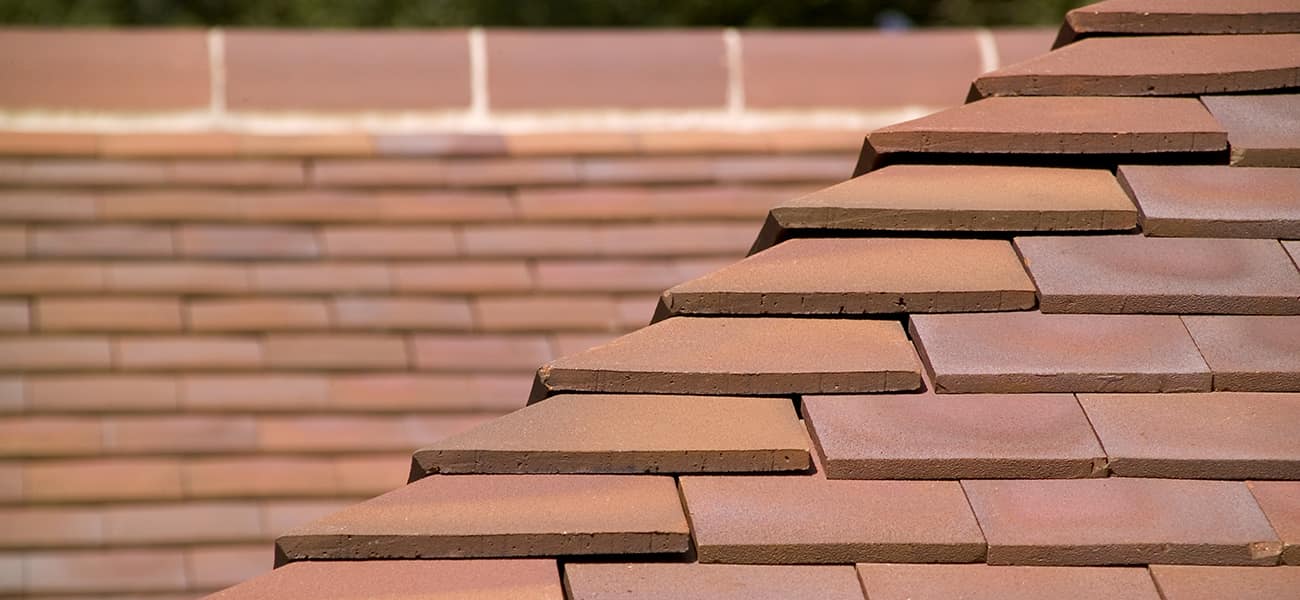A Roofing Contractor’s Guide to BS 8612


BS 8612, which went into effect on January 31st, 2018, provides clarification and guidance to professionals ranging from roofing contractors to architects and other specifiers, about the best products and systems to use when creating dry-fixed ridges, hips, and verges on slated and tiled roofs.
Why is the standard needed?
Back in 2014, some major revisions were made to BS 5534: code of practice for slating and tiling. One of these changes was the removal of any contribution from bedding mortar to resist wind uplift - and this led to a significant shift towards dry-fix systems.
The increased use of dry fix systems led to several new products being released to the market. Whilst all these dry fix systems looked similar, their quality and performance varied dramatically - with many inferior products being created using cost-cutting measures.
The result was inconsistencies in durability and weather resistance, reported product failures and other problems. Consequently, the British Standards Institute began working with established manufacturers and organisations such as the National House-Building Council (NHBC) to develop the new standard.
BS 8612 provides clear and practical advice on fixing security, weather-tightness, durability and where required, ventilation. Its aim is to ensure that dry-fix ridge and hip systems are designed and built in such a way that they fulfil the essential requirements of new and refurbished roofs.
The standard is not legally binding, but it does provide important guidance for creating a reliable roof - and is adhered to by organisations such as the NHBC and acknowledged in BS 5534.
What BS 8612 means for roofing contractors
As a roofing contractor, you should be aware of BS 8612 and its recommendations, which define the minimum quality standards for dry-fix systems.
Architects may specify that dry-fix roofing systems need to be BS 8612 compliant (or marked as BBA-compliant), and they may stipulate a complete roofing system that meets the requirements of both BS 8612 and BS 5534. From an architect's perspective, this can help remove their liability if an inferior product is substituted further down the line.
When choosing dry-fix systems, contractors should:
- Ensure that they meet the recommendations of BS 8612 or that they have BBA certification.
- Know that dry-verge products can no longer be installed with just a nail fixing into the end grain of the batten. Instead, mechanical engagement should be on the face of the batten. To help contractors and specifiers meet this requirement, we’ve developed our own batten-end clip.
- Understand that BS 8612 only sets out the minimum performance requirements - so there will still be quality differences between compliant products.
As experts in dry-fix roofing systems, Marley supplies BS 8612 and BS 5534 compliant products. Our roofing systems are also backed by a full 15-year guarantee for additional buying confidence.
To learn more about the British Standards that apply to dry-fix roofing systems, please take a look at our extensive collection of online resources. You can also contact our technical team using our local Marley specialist finder.
Disclaimer - The information shared in this blog is correct at the time of publication. Guidance, standards, and best practices may change over time, so if you’d like further clarification or the latest updates, please get in touch with the Marley Technical Advisory Team, who will be happy to help.